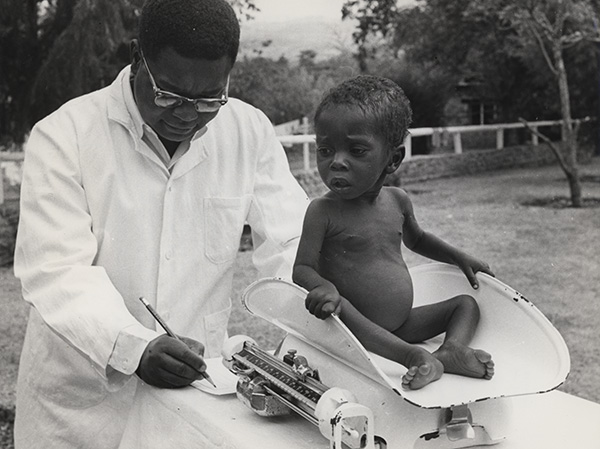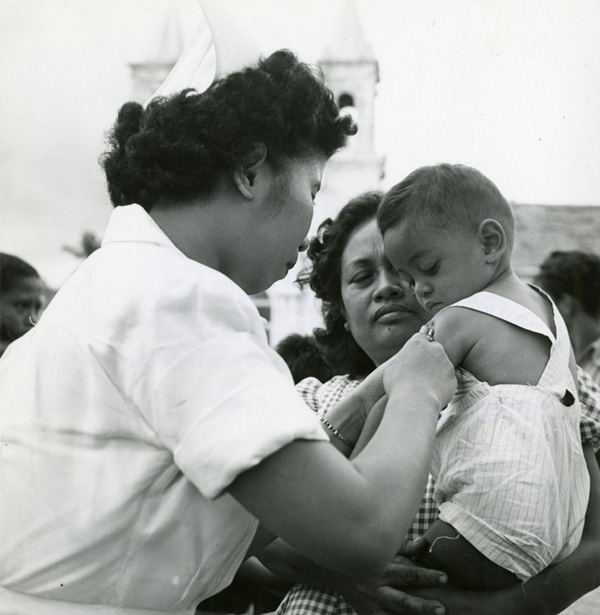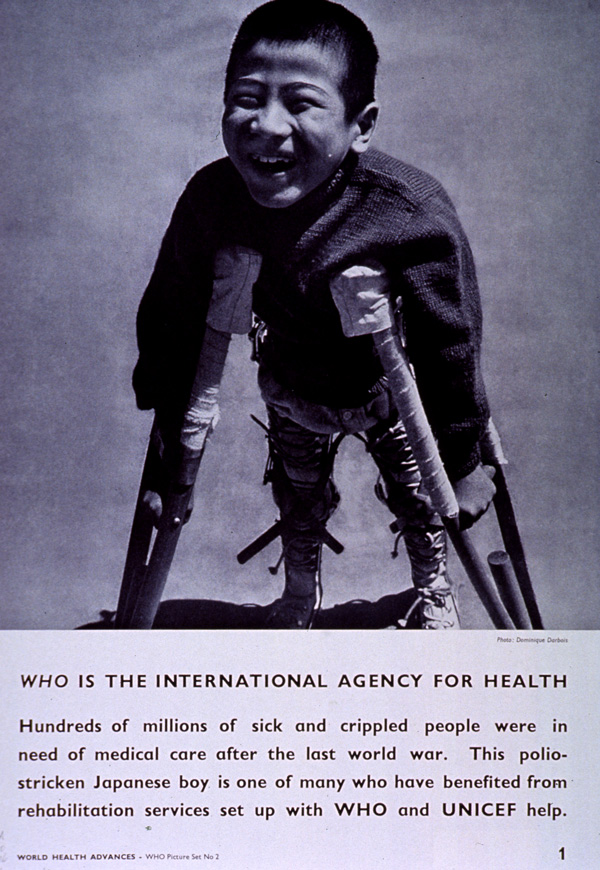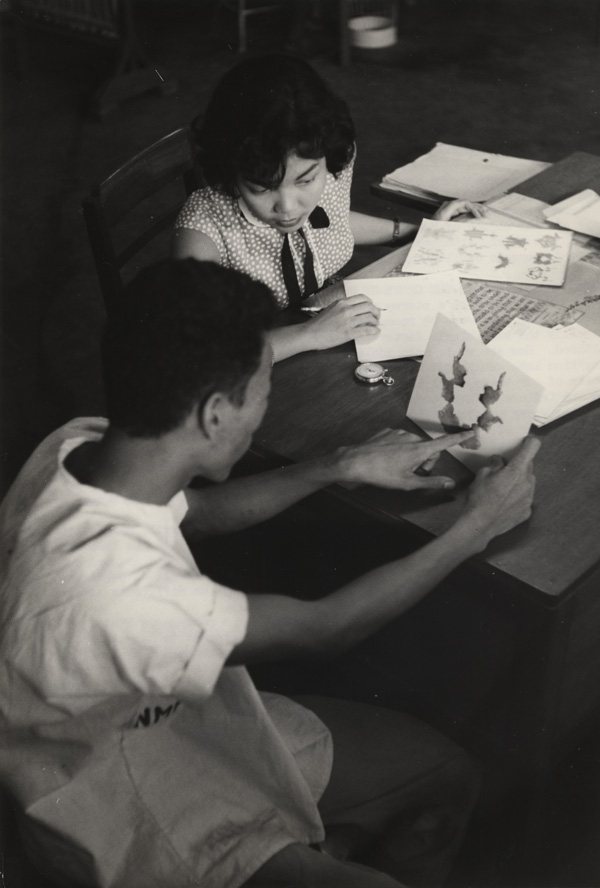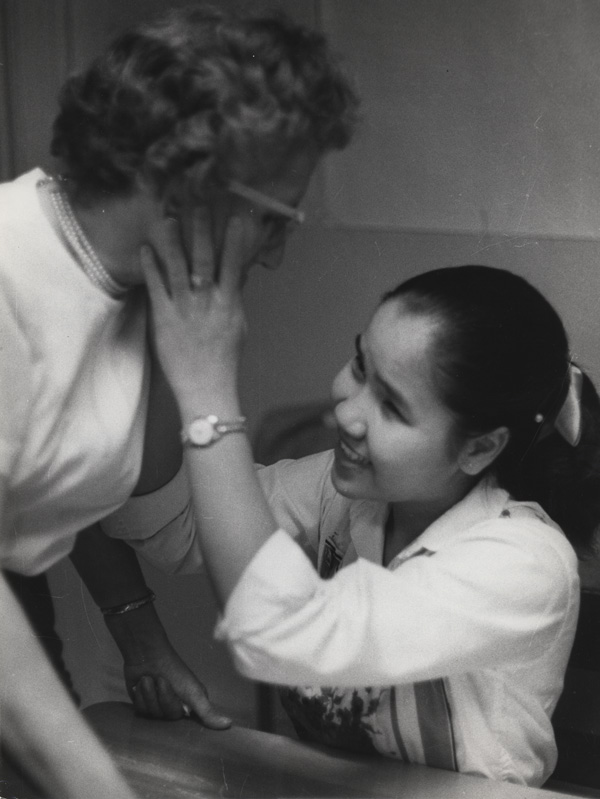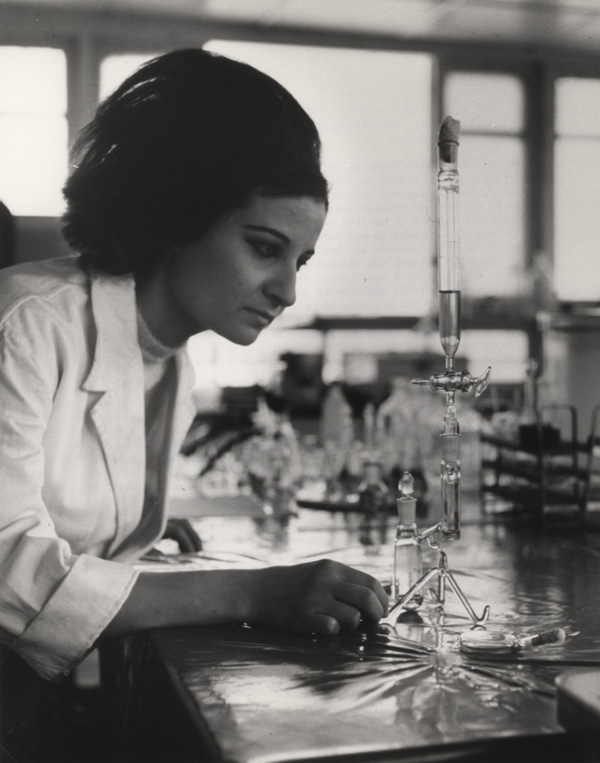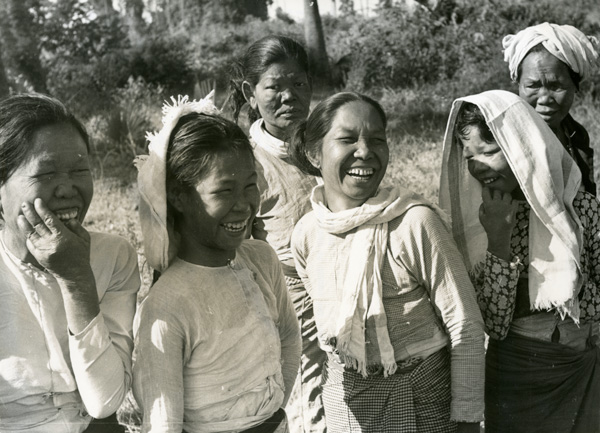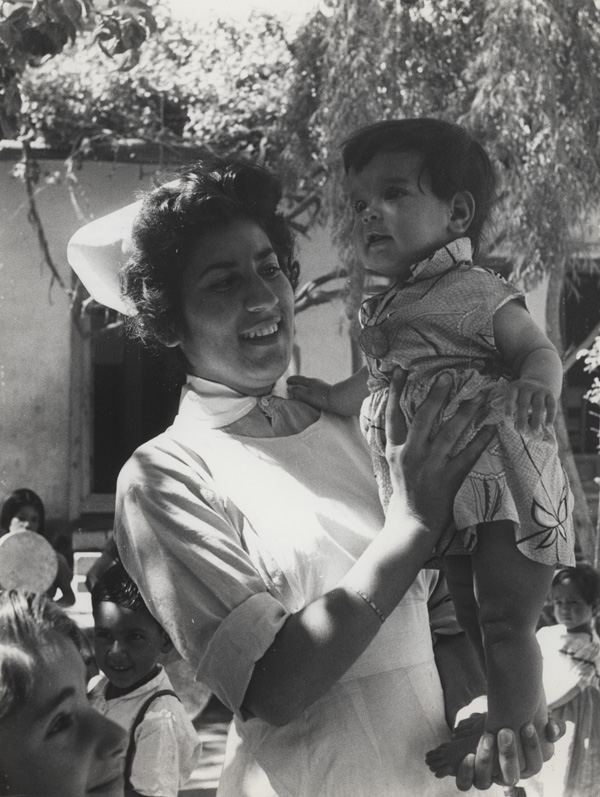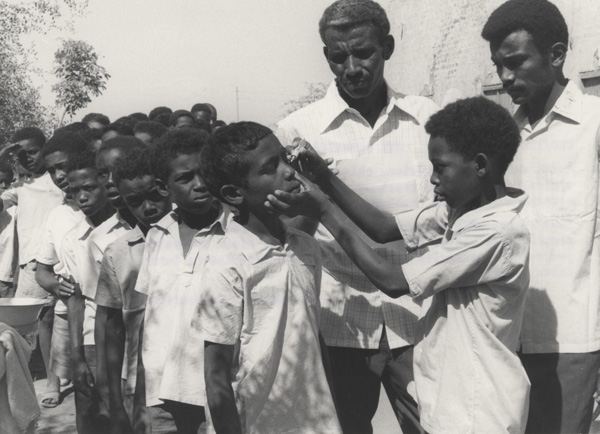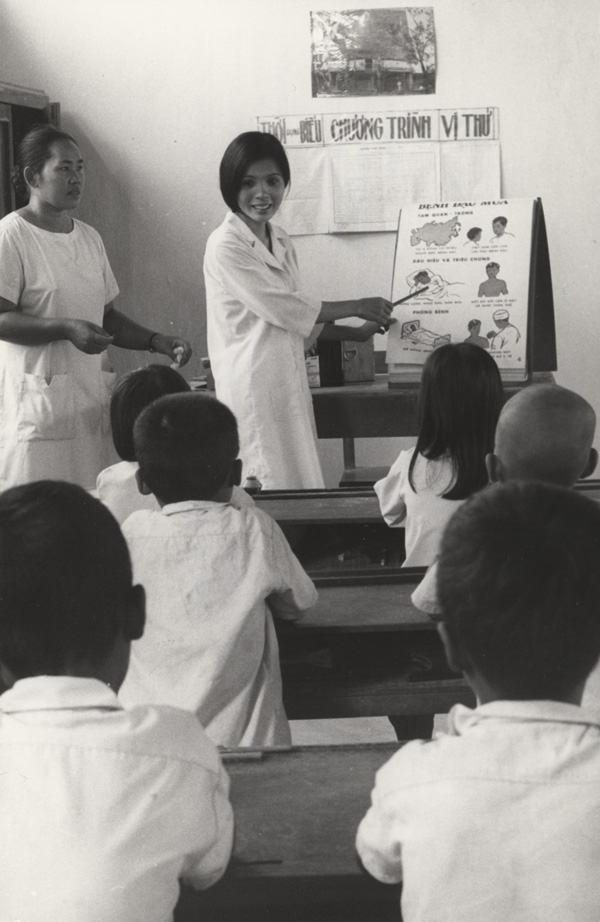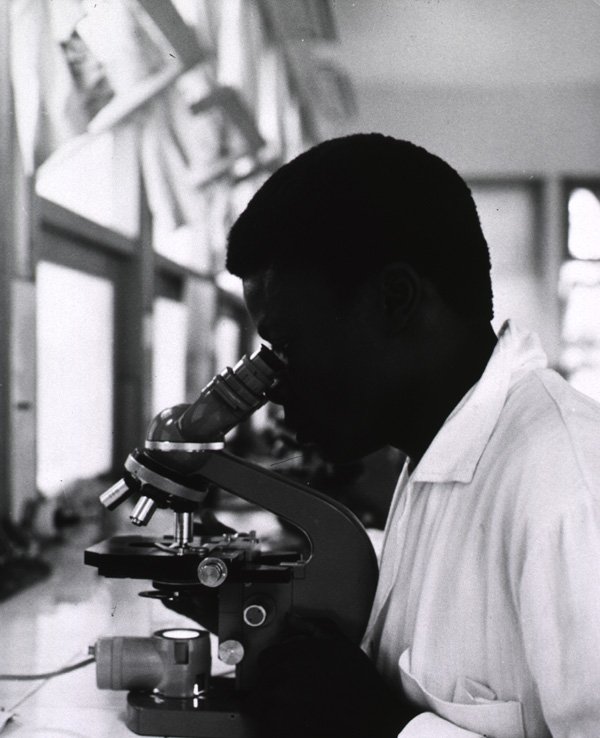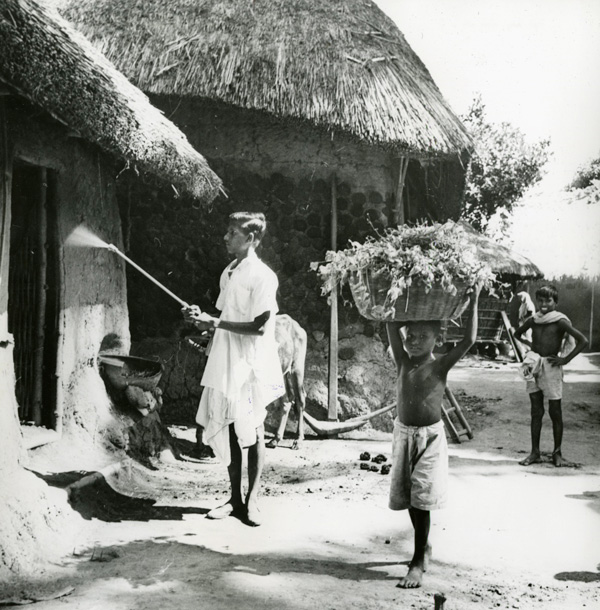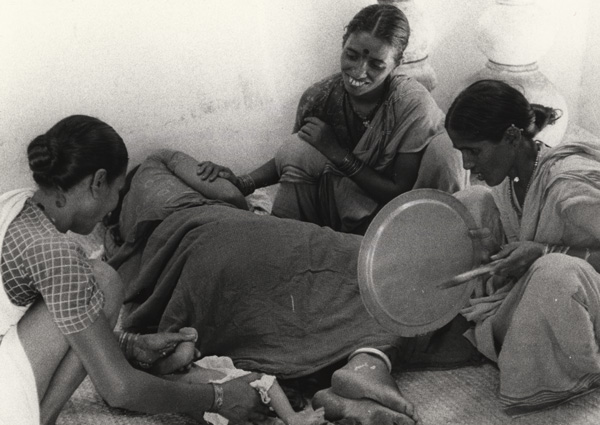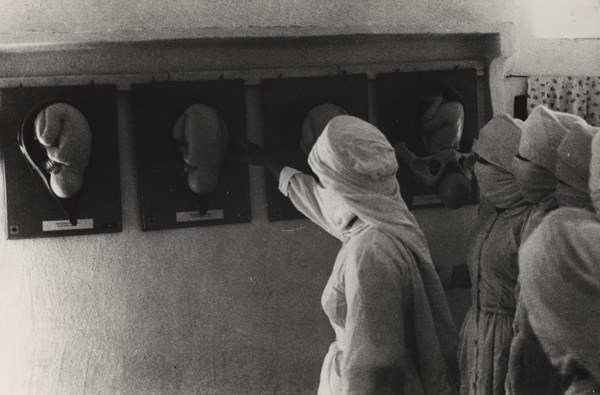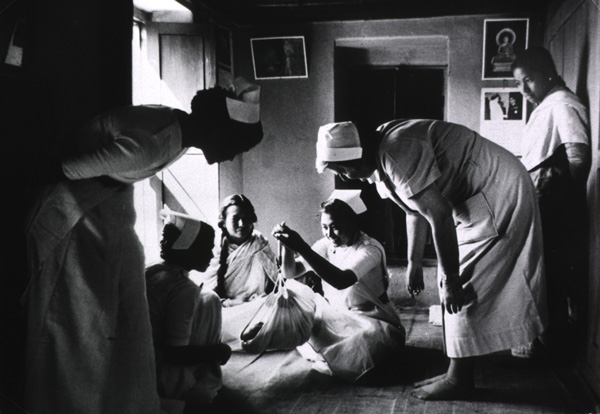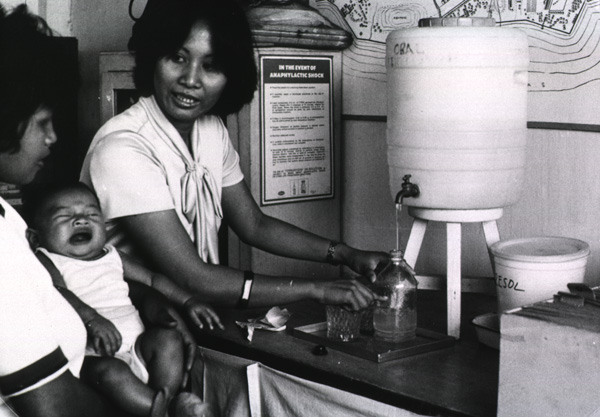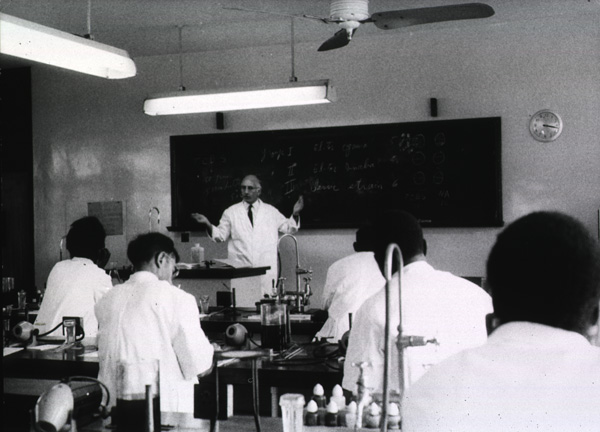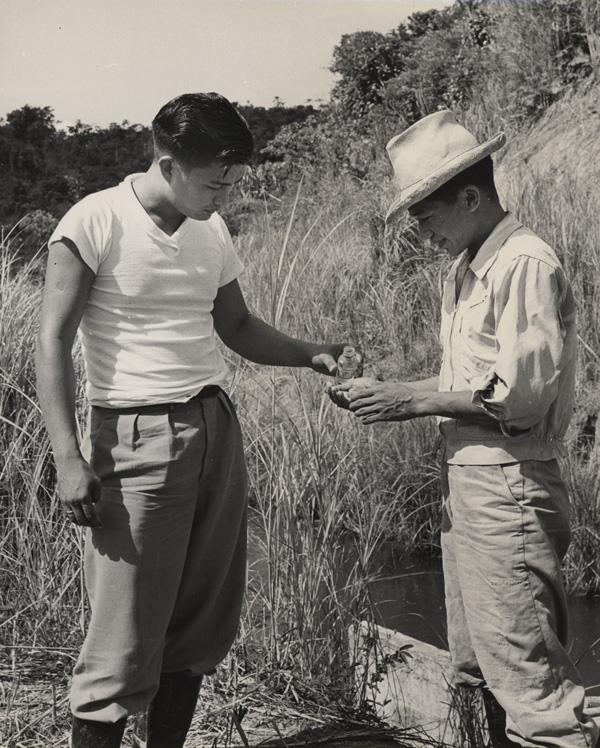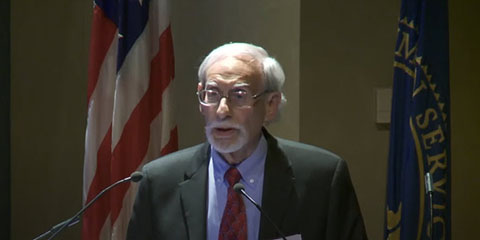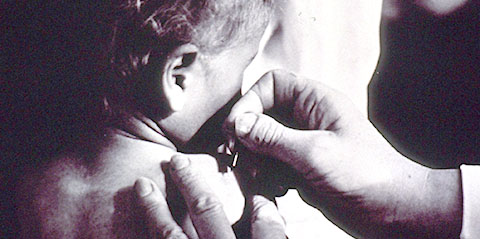The enjoyment of the highest attainable standard of health is one of the fundamental rights of every human being without distinction of race, religion, political belief, economic or social condition.
The World Health Organization (WHO), founded in 1948, strives to bring health and well-being within everyone’s reach. Since the 1950s, the WHO has commissioned accomplished photojournalists to capture the transformative impact health can have on communities worldwide. In recognition of this visual medium’s unique power to inform and inspire, the photos are featured in WHO publications. These images tell the public about new initiatives and developments in health care. They provide an intimate look at health issues around the globe.
The National Library of Medicine houses and preserves a collection of WHO photographs from the 1950s to the 1980s that are available to the public in physical and electronic form. As tools for education and outreach, as well as works of art, these photos bring to life the WHO’s efforts to achieve health for all.
A Healthier World
Building a Healthier World
The World Health Organization (WHO), an agency of the United Nations, was founded on April 7, 1948. As the authority on global public health, the WHO coordinates efforts to fight disease, sets international standards for drugs and medical care, works to improve access to health care and basic needs, and helps member states develop their own national health programs.
Inspiring Well-Being
World Health Day
World Health Day is celebrated on April 7th, the anniversary of the WHO’s founding. Each year, the WHO highlights an important global health topic through special events and information campaigns. World Health Day is one of many outreach activities the WHO undertakes to raise awareness of health issues and inspire people to pursue well-being.Health Services
Developing Health Services through Collaboration
Member states work with the WHO to develop and strengthen their national health programs. The WHO acts in an advisory role to health ministries, provides epidemiological and clinical research support, and coordinates partnerships between nations and with nongovernmental organizations. Through collaborative programs, countries have addressed significant health issues and delivered care to communities with limited access to doctors and medical facilities.Fighting Epidemics
Leading the Global Fight against Epidemics
As the authority on international public health, the WHO coordinates worldwide efforts to eradicate epidemic diseases. Eradication programs mobilize thousands of health workers and volunteers to distribute vaccines and medicines, conduct biomedical and epidemiological research, organize information campaigns, and manage environmental factors. The WHO has helped to eradicate smallpox and eliminate many infectious diseases from parts of the world.Maternal Care
Caring for Mothers
WHO programs and partnerships work to ensure that mothers have access to adequate health care during pregnancy and after birth. The WHO sets international standards for maternal care and helps countries establish programs to train midwives and nurses to work in underserved communities.Waterborne Disease
Taking on Waterborne Disease
In areas with limited access to safe water, often due to poor sanitation, waterborne diseases threaten health. The WHO works to limit the devastating impact of waterborne diseases through health education, vaccination and medicine distribution, and sanitation improvement programs.Credits
World Health Organization: Picturing Health for All features a selection of images from the NLM Prints & Photographs collection and highlighted some of the World Health Organization’s work in the 20th century.
This online exhibition is an online adaptation of the onsite display in the History of Medicine Division Reading Room October 1, 2019–March 13, 2020.
Exhibition Program
Jiwon Kim
Lead Exhibition Specialist
Erika Mills
Exhibition Specialist
Jane Markowitz
Traveling Exhibition Coordinator
Web Design
Astriata, LLC
Special Acknowledgements
History of Medicine Division
Jiwon Kim
Exhibition Educator
Kenneth Koyle
Deputy Chief
Elizabeth Mullen
Manager, Web Development and Social Media
Ginny Roth
Curator and Archivist, Prints and Photographs
Nicole Demme
Web Program
Office of Computer and Communications Systems
Wei Ma
Chief, Applications Branch
Winston Churchill
Applications Branch
Joe Potvin
Applications Branch
Ying Sun
Applications Branch
Alla Vysokolova
Applications Branch

